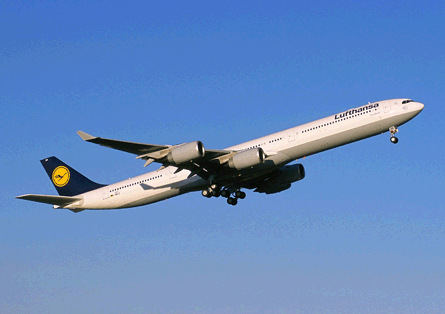Far from being eliminated as the latest-generation airliners enter service, the problem of contaminated cabin air continues. Flight International reports this week on two toxic fumes incidents involving Lufthansa Airbus A340-600s, but evidence over recent years suggests the aircraft type and airline name are immaterial - it could have happened in any type with any carrier.
The really appalling thing about these events - and the Lufthansa incidents are a perfect representation of what is happening across the global airline industry - is that no-one is taking action. The two reports were filed internally by cabin crew and were undisputed by the carrier, but as far as we know, nothing is being done about it. Certainly the airline is not prepared to comment, which makes Lufthansa just like all the others that are doing exactly the same - British Airways, for example, "retired" Capt Tristan Lorraine from its Boeing 757/767 fleet years ago because his health had been ruined by toxic fumes and he was no longer medically fit to fly as a professional pilot. How long is it going to be before Lufthansa A340-600 pilots clock up sufficient repeat exposures to lose their licences, and for cabin crew on the type to lose the will to work through the dreadful lethargy that afflicts many of those who are exposed to isomers of tricresyl phosphate (TCP)? Then there are the passengers who will probably never know what has suddenly happened to their health.
 |
|---|
© Airbus |
The UK Department for Transport is the only government agency anywhere to have initiated a study into this phenomenon, but the inquiry, with its questionable methodology and prevarication about its terms of reference, is rapidly being rendered superfluous by a combination of accumulated evidence, existing knowledge about TCP from other industries, academic medical research and documentary journalism.
There comes a point when, even in the absence of scientific proof that would stand up in a court of law, the quantity of circumstantial evidence would be accepted as compelling. That point was passed years ago when the Aviation Contaminated Air Reference Manual was published. The entire industry and its regulators now occupy an unacceptable moral low ground, and that will be demonstrated by eminent toxicologists at the meeting of the Global Cabin Air Quality Executive in London this month.
Source: Flight International






















